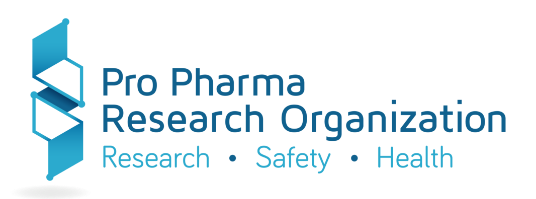
From Lab to Launch: A Regulatory-Driven Commercialization Roadmap for a Pharmaceutical Company (Part III)
Pre-Launch and Launch Phases: Regulatory Preparation and Compliance in Drug Approval
The process of bringing a drug from the laboratory to the market is complex and highly regulated. Preparing regulatory packages, interacting with regulatory agencies, and post-launch compliance are critical stages to ensure the safety and efficacy of the product. Below is a detailed look at each of these essential phases.
Preparing Regulatory Packages for Drug Approval
Compiling and Submitting Data Dossiers
Preparing a data dossier for a marketing authorization application (MAA) is an exhaustive task involving the collection of all relevant information about the drug. This process is divided into several key stages:
- Preclinical and Clinical Studies: Before submitting an application, it is essential to complete preclinical studies in animals and clinical trials in humans. These studies must demonstrate the drug's safety and efficacy.
- Dossier Documentation: The dossier must include all preclinical and clinical data, as well as information on manufacturing, quality control, and product stability. It is typically organized according to the Common Technical Document (CTD) format, divided into five modules: administrative information, overall summary, quality, nonclinical studies, and clinical studies.
- Good Practices Regulation: Compliance with Good Laboratory Practices (GLP), Good Manufacturing Practices (GMP), and Good Clinical Practices (GCP) is crucial during data collection and drug production.
- Internal Review: Before submission to regulatory authorities, the dossier should be internally reviewed by quality and regulatory affairs teams to ensure accuracy and completeness of the information.

Submission to Regulatory Agencies
Once compiled, the dossier is submitted to the relevant regulatory agency, such as the European Medicines Agency (EMA) or the U.S. Food and Drug Administration (FDA). Each agency has its own requirements and review processes.
Working with Regulatory Agencies for Marketing Approval
Review Process and Communication
The review phase by regulatory agencies involves continuous interaction between the pharmaceutical company and the agency:
- Initial Assessment: The agency performs an initial assessment to verify that the dossier is complete and meets requirements.
- Scientific and Technical Reviews: Agency experts review the submitted data, asking questions and requesting clarifications or additional information as needed. It is common to receive "deficiency letters" listing concerns or missing data.
- Meetings and Consultations: Formal and informal meetings between the company and the agency may occur to discuss findings and resolve any issues. These meetings are crucial for clarifying expectations and expediting the approval process.
- Final Decision: Once all concerns are satisfactorily addressed, the agency makes a final decision. This can be an approval, a request for more information, or, in some cases, a denial of the application.

Post-Launch Regulatory Compliance
Ongoing Requirements for Pharmacovigilance and Safety Reporting
After a drug is approved and launched to the market, regulatory compliance does not end. The company must continue with several activities to ensure ongoing safety:
- Pharmacovigilance: Companies must establish and maintain pharmacovigilance systems to monitor and evaluate adverse effects of the drug once it is on the market. This includes collecting, analyzing, and reporting safety data to regulatory agencies.
- Periodic Safety Reports: Periodic Safety Update Reports (PSURs) summarizing accumulated post-launch safety and efficacy data must be submitted.
- Inspections and Audits: Regulatory agencies may conduct inspections and audits to ensure the company continuously complies with GMP and GCP standards.
- Modifications and Updates: Any changes in the manufacturing, formulation, or labeling of the drug must be approved by regulatory agencies. Additionally, new studies or clinical indications must be reported and approved.

Risk Management and Public Communication
Companies must also implement risk management plans to identify and mitigate any risks associated with the drug. This includes ongoing education of healthcare professionals and the public about the safe and effective use of the drug.
Conclusion
Preparing and maintaining regulatory requirements for drug approval is a detailed and rigorous process that requires close cooperation between pharmaceutical companies and regulatory agencies. From the initial data compilation to post-launch compliance, each phase is crucial to ensuring that drugs are safe and effective for the public. Success in this process depends not only on meeting regulations but also on maintaining clear and proactive communication with regulatory agencies throughout the drug's lifecycle.
At Pro Pharma Research Organization we offer a wide range of Pharmacovigilance and Case Processing services such as Adverse Event Monitoring, Signal Detection and Evaluation, Risk Assessment, among others, we also have Regulatory Affairs services, within which They find fast, innovative and accelerated approvals, Design and compliance of Clinical Trials, Regulatory Submissions, among others. Contact us to access more information.
Publication date: May 2024
Author: Pro Pharma Research Organization Team










